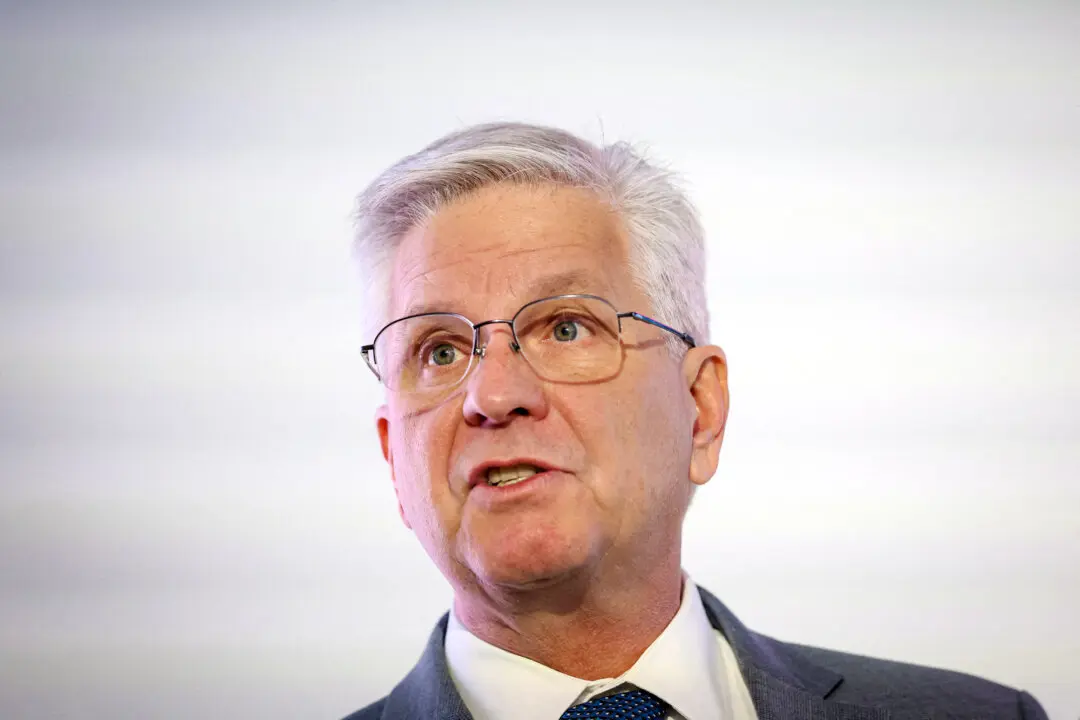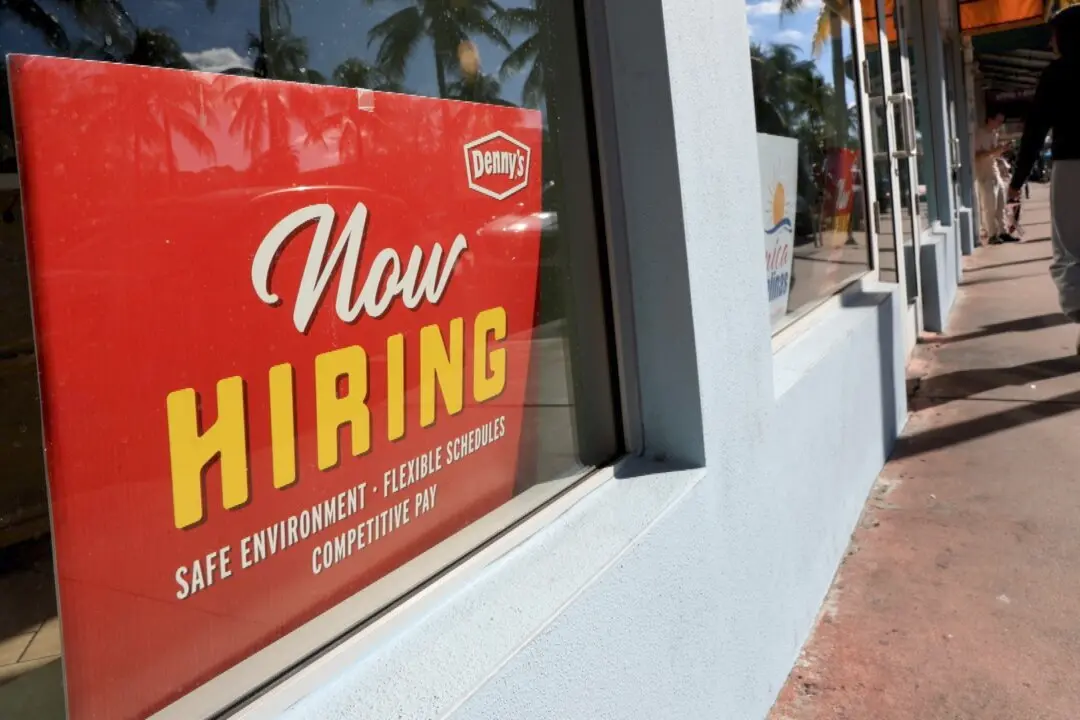As voters contemplate their choices at the ballot box in November, they are also assessing their pocketbooks, and new research suggests that the state of their finances could play a huge role.
Forty-three percent of Americans say their finances have worsened since January 2021, according to a new survey conducted by Bankrate.





